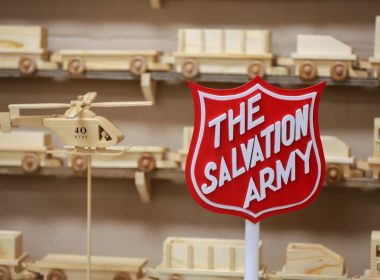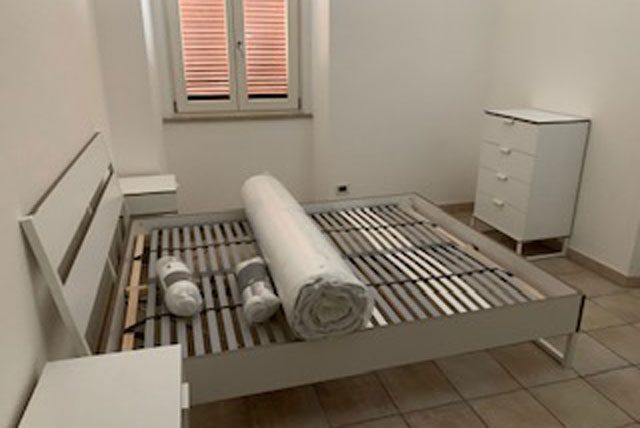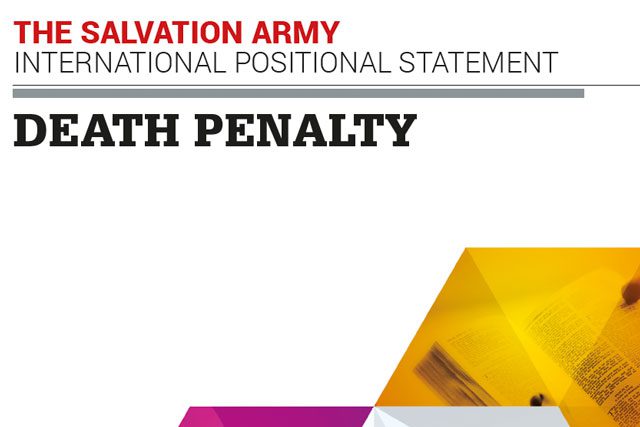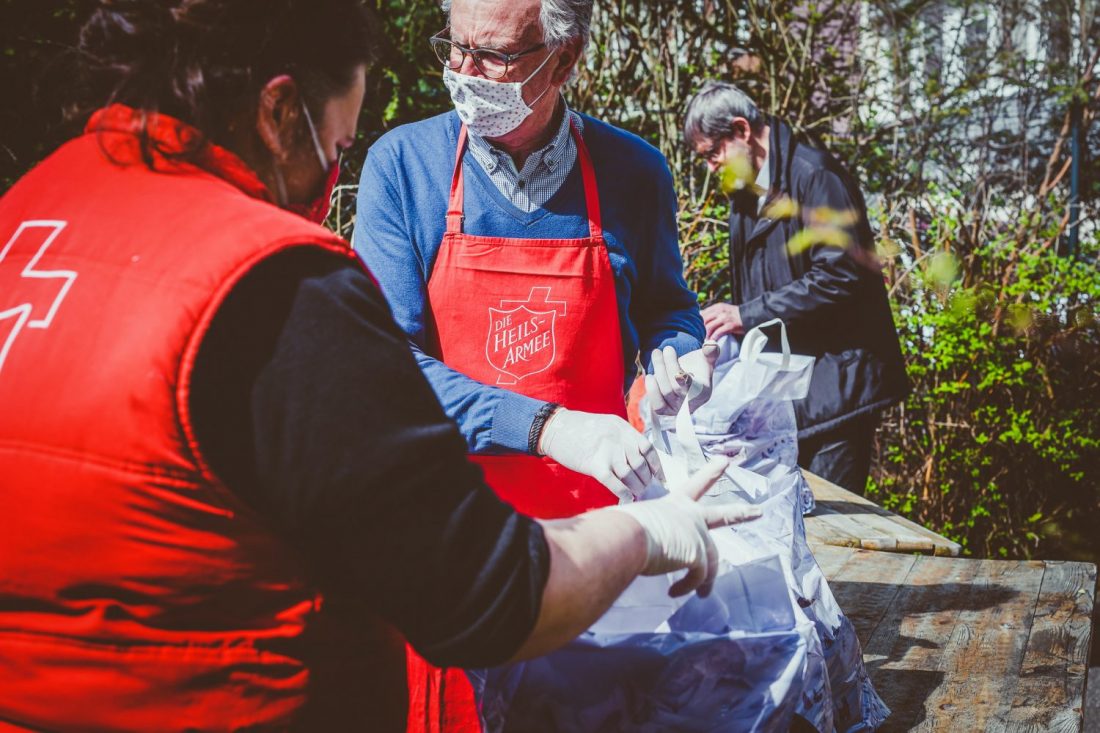The name French Guiana, in 1928, was synonymous with “Devil’s Island,” an infamous penal colony which encompassed not only that island but much of French Guiana’s steamy tropical coast. French criminals had been deported there since 1854, arriving in two convoys a year. After serving their sentence, men had to do “doublage,” the same number of years, during which they were supposed to earn the money for their passage back to France. This period was more deadly than the prison time, because they received no food and housing at all, and employment was almost impossible to find.
After looking into this, Commissioner Albin Peyron of France obtained permission to send Salvation Army officers to aid the liberes by creating hostels, workshops, and a farm, to enable the men to earn their fare home. Adjutant Charles Pean, after reporting back about conditions, departed with the first group of officers in July 1933.
In August the first Army flag flew on Montjoly (Mount Beautiful), where a remarkable farm colony was to develop.
Here the first converts were made. By the end of the first year, 78 men had knelt at the mercy seat. In January 1934, Adjutant Pean returned to France, where he continued his efforts on behalf of the liberes, working with the government on penal reform and supervising the repatriation of prisoners.
In February 1936 the mail boat arrived with the first group of repatriated men. Once begun, the work picked up speed, and each month a party returned from France, sent off from French Guiana by Salvation Army officers and lovingly received by others at French ports.
At last, on June 17, 1938, came the announcement of the abolition of La Bagne (as the colony came to be called). No more were to be sent there, and eventually all prisoners were to be repatriated.
All did not go smoothly, as the beginning of the war in 1939 caused suspension of transportation to France. Guiana was placed under the Central America and West Indies Territory, and Salvationists once again came to encourage and care for the remaining prisoners and other people in the area.
Repatriation renewed in 1946. In November, Adjutant and Mrs. Charles Palpant and Major and Mrs. Wally were tremendously encouraged when General Albert Orsborn landed at Cayenne en route for Brazil. The General was deeply moved when he saw the conditions under which the officers toiled there. In 1949 Adjutant and Mrs. Palpant spent an unforgettable Christmas at sea with a group of almost 100 men whom they were accompanying to France. One faithful employee remained until the final repatriation in 1952.
And now…
In 1980 reports filtered to the headquarters in Jamaica of a revival work. A Haitian Salvationist, moving to Guiana to find work, had begun holding meetings. Territorial Commander Colonel Orval Taylor, with his wife, visited the island and were met by jubilant Salvationists. On October 1 the newly opened work was recognized. A message from General Arnold Brown was read, saying in part, “May the Christlike service which marked the Army’s presence in earlier years have a glad rebirth and all future achievements be to the glory of God.”
Growth there is reminiscent of the Army’s early days, with faithful soldiers who rely on the power of prayer, even for the material needs of the corps. The result is spiritual riches. Devil’s Island is gone forever. The work in French Guiana is now synonymous with the “Isles of Salvation.”
From “Jewels of the Caribbean” by Doreen Hobbs











